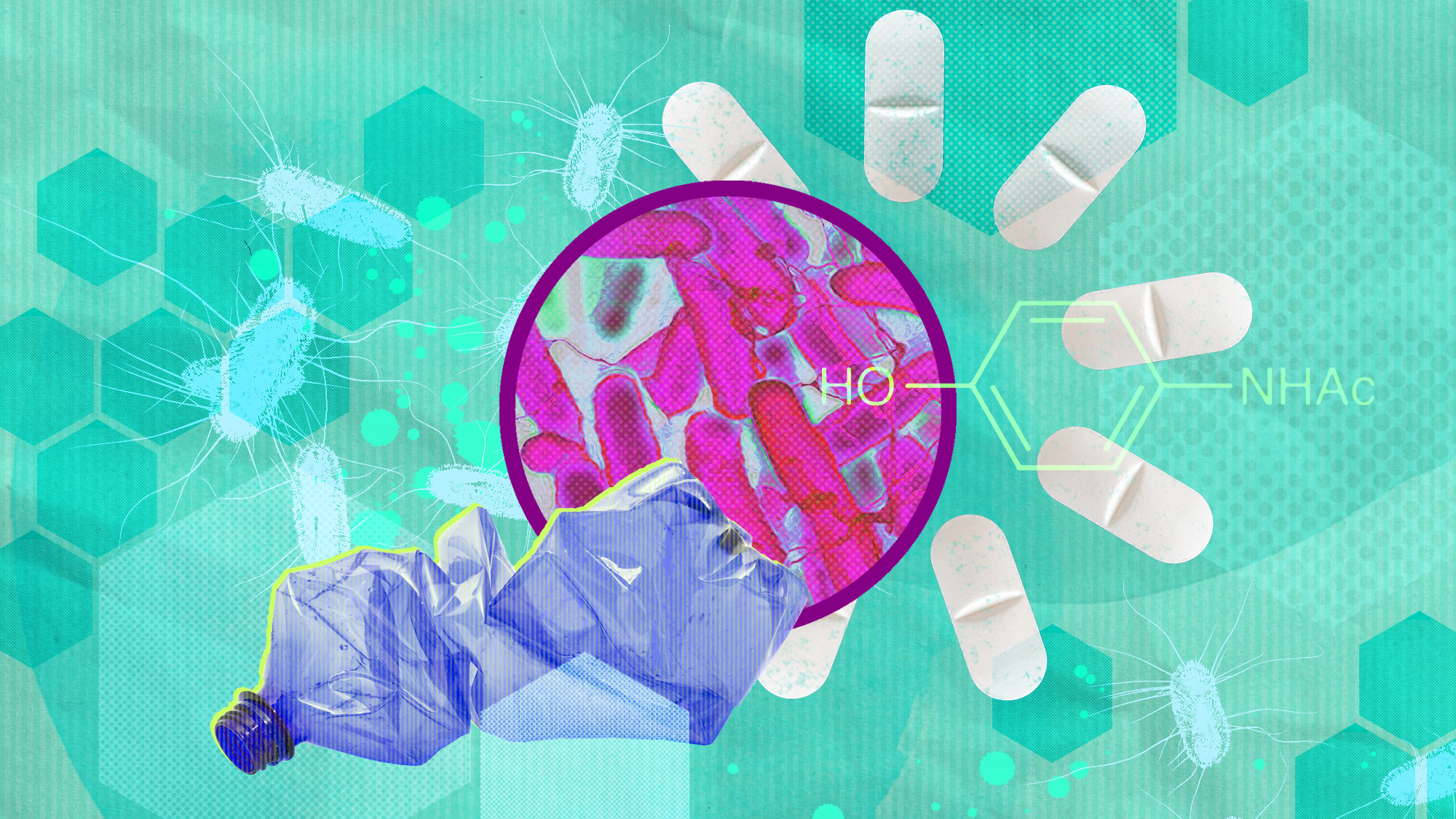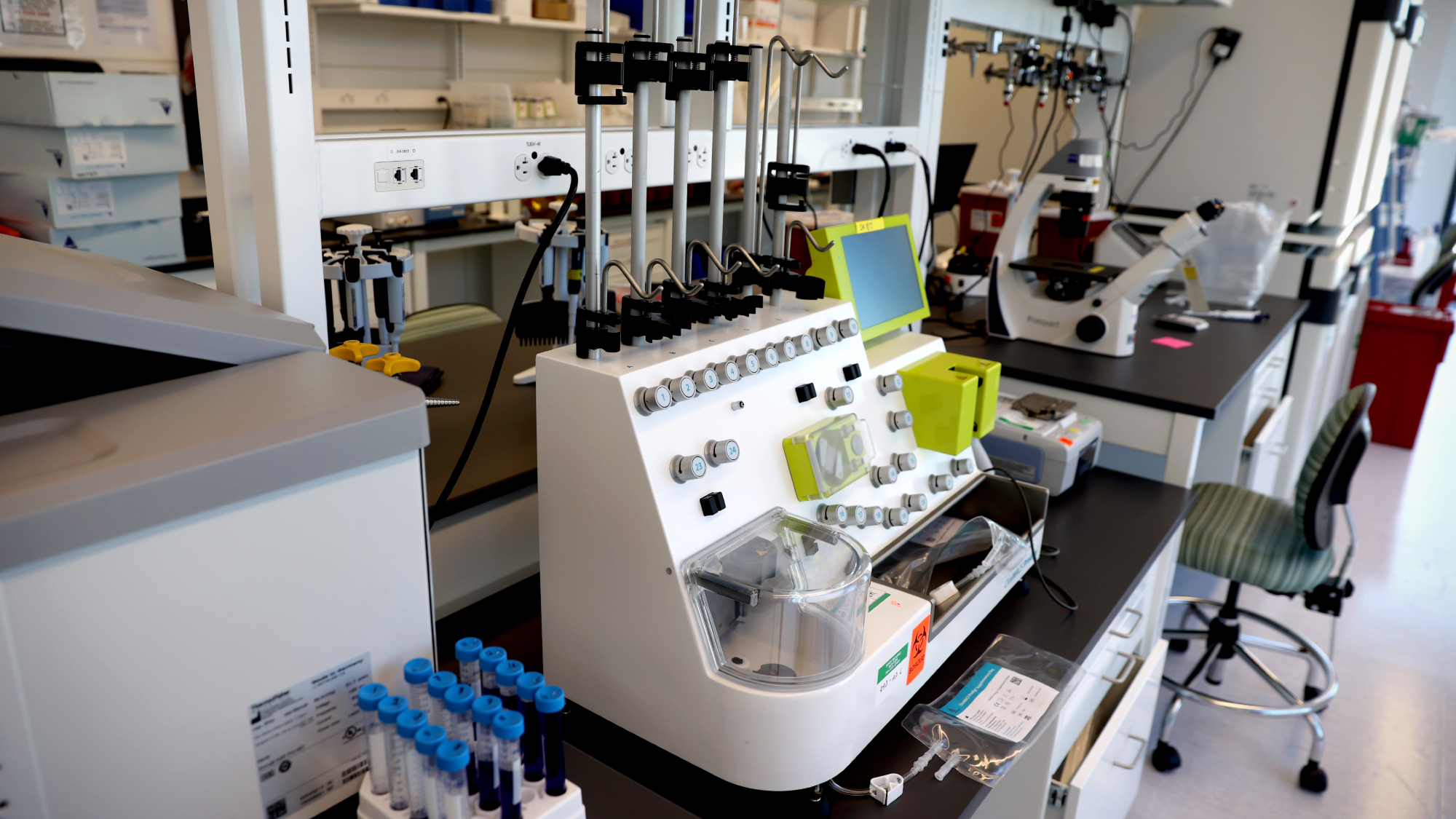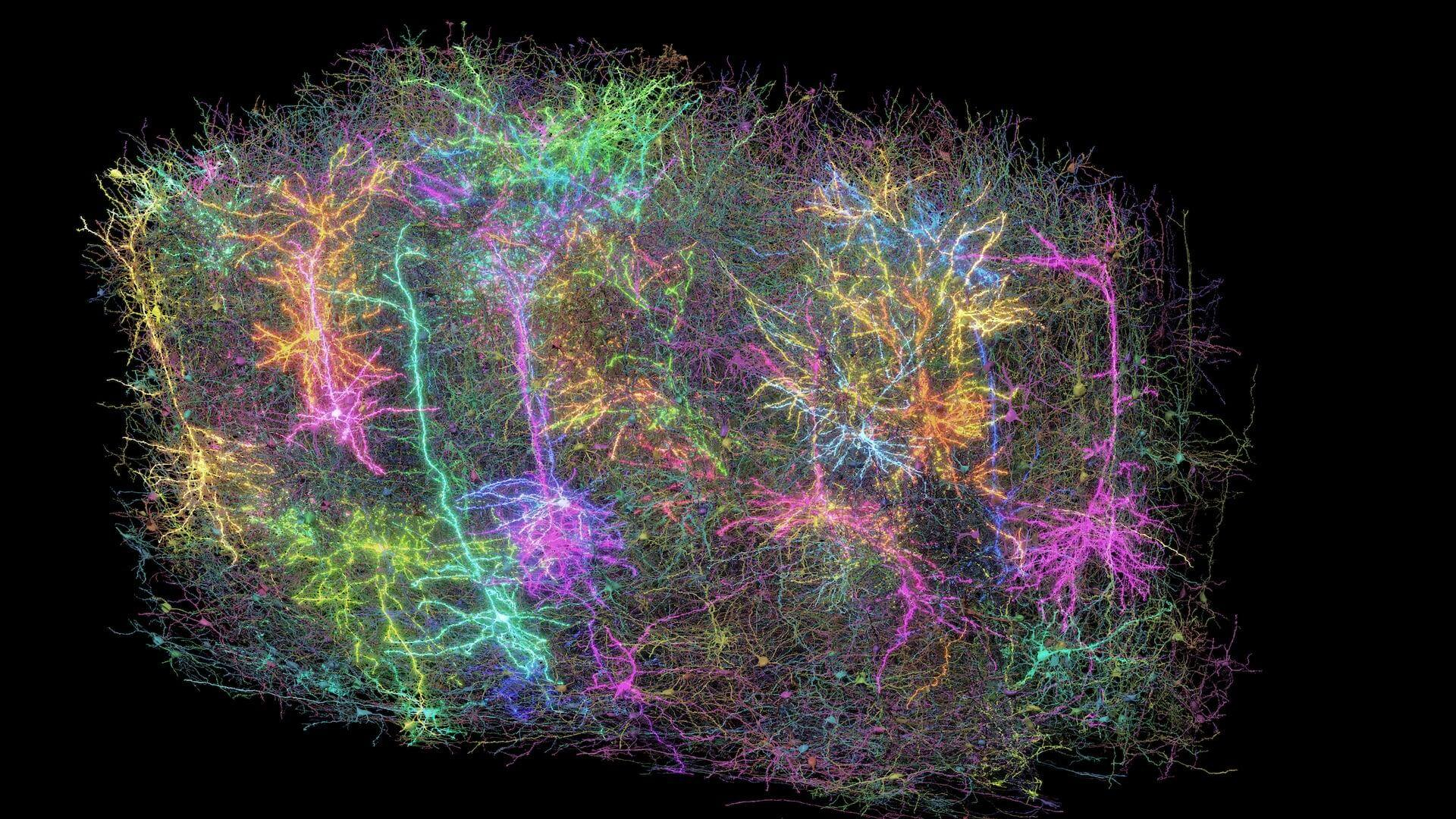Health & Science
A breakthrough at the bottom of the world; What do black holes eat?; Doubts about online dating; Why zebras got their stripes
A breakthrough at the bottom of the world
After drilling for two decades through two miles of solid ice, Russian scientists have broken through to a vast lake in the Antarctic that has been cut off from air and light for approximately 20 million years. Lake Vostok, which is about the size of Lake Ontario, may be the last untouched frontier on Earth, and the home to life forms not seen anywhere else. What scientists find there might provide some clue about life on other worlds. “It’s like the first flight to the moon,” Valery Lukin, head of the Russian Antarctic mission, tells Reuters.com. Next year scientists will begin sampling the pristine waters of Lake Vostok for microbes that may have evolved in near-isolation. If bacteria are found to exist there, the chances increase that microorganisms could thrive in extraterrestrial sites, such as the ice-covered oceans on Jupiter’s moon Europa or Saturn’s moon Enceladus. Preliminary ice samples taken from directly above Lake Vostok do show microbial traces, but experts warn that they could be the result of contaminated drilling equipment. Research teams from the U.S. and the U.K. are racing to get samples from other subglacial lakes in the Antarctic.
What do black holes eat?
The Week
Escape your echo chamber. Get the facts behind the news, plus analysis from multiple perspectives.

Sign up for The Week's Free Newsletters
From our morning news briefing to a weekly Good News Newsletter, get the best of The Week delivered directly to your inbox.
From our morning news briefing to a weekly Good News Newsletter, get the best of The Week delivered directly to your inbox.
The supermassive black hole at the center of our galaxy appears to consume at least one asteroid per day, Space.com reports. Astronomers say that’s the likely explanation for the mysterious X-ray flares that NASA’s Chandra telescope has seen coming from the black hole, named Sagittarius A*, since beginning its observations more than a decade ago. “People have had doubts about whether asteroids could form at all in the harsh environment near a supermassive black hole,” says Kastytis Zubovas, an astronomer at the University of Leicester in the U.K. But the new study suggests that the powerful gravity of Sagittarius A*, which has a mass about 4 million times that of our sun, has pulled trillions of asteroids away from their parent stars and into a giant cloud of matter orbiting it. Any asteroid that gets drawn to within 100 million miles of the black hole gets sucked in and vaporized, and the energy released in that process appears as an X-ray flare. Scientists also know of an instance, a century ago, when Sagittarius A* swallowed an entire planet—emitting a flare so bright that its reflection is still visible in nearby gas clouds.
Doubts about online dating
One in five couples now reports having met on the Web. Are they any more likely to be compatible than couples who came together in traditional ways? Based on his analysis of 400 studies of dating sites and their methods for matching people, University of Rochester psychologist Harry Reis says no. “There is no reason to believe that online dating improves romantic outcomes,” he tells Time.com. Matchmaking sites like Match.com promise to analyze user data to increase everyone’s odds of finding their “soul mates.’’ But Reis and his colleagues found that Internet dating actually makes long-term bonding less likely. Scrolling through hundreds of profiles encourages people to compare dozens of prospective dates to one another, like consumer purchases, as opposed to considering them as individual human beings and potential life partners. Online profiles also tend to link people based on superficial qualities—whether they like scuba-diving or romantic movies, for instance—that end up being poor predictors of lasting relationships. How couples communicate and how they cope with external stresses they face, such as job loss or illness, have far more impact on compatibility. You can’t look at an online profile “and know what it’s like to interact with someone,” says Reis. “Picking a partner is not the same as buying a pair of pants.”
Why zebras got their stripes
A free daily email with the biggest news stories of the day – and the best features from TheWeek.com
What is the evolutionary point of the zebra’s stripes? Scientists have puzzled over the unusual markings for decades. But a new study suggests a surprising answer: The stripes exist to repel flies. Researchers set out black, white, and zebra-patterned horse statues in a field and were startled to discover that the striped models attracted the fewest horseflies. Previous studies have shown that flies are drawn to black surfaces because they reflect steady polarized light, as does the water where flies lay their eggs; white, which reflects unpolarized light randomly, tends to repel the insects. Researchers expected that stripes would split the difference, but found instead that they produced “a very powerful reduction in attractiveness” compared with either solid color, ecologist Susanne Akesson of Lund University in Sweden tells The New York Times. The skinnier the stripes were, the less flies liked them, suggesting that the juxtaposition of polarized and unpolarized light scrambles their vision. Biting insects can transmit disease, so striped zebras that repelled bloodsuckers would be more likely to survive than those without stripes.
-
 Alaa Abd el-Fattah: should Egyptian dissident be stripped of UK citizenship?
Alaa Abd el-Fattah: should Egyptian dissident be stripped of UK citizenship?Today's Big Question Resurfaced social media posts appear to show the democracy activist calling for the killing of Zionists and police
-
 Biggest political break-ups and make-ups of 2025
Biggest political break-ups and make-ups of 2025The Explainer From Trump and Musk to the UK and the EU, Christmas wouldn’t be Christmas without a round-up of the year’s relationship drama
-
 Why 2025 was a pivotal year for AI
Why 2025 was a pivotal year for AITalking Point The ‘hype’ and ‘hopes’ around artificial intelligence are ‘like nothing the world has seen before’
-
 5 recent breakthroughs in biology
5 recent breakthroughs in biologyIn depth From ancient bacteria, to modern cures, to future research
-
 Bacteria can turn plastic waste into a painkiller
Bacteria can turn plastic waste into a painkillerUnder the radar The process could be a solution to plastic pollution
-
 Scientists want to regrow human limbs. Salamanders could lead the way.
Scientists want to regrow human limbs. Salamanders could lead the way.Under the radar Humans may already have the genetic mechanism necessary
-
 Is the world losing scientific innovation?
Is the world losing scientific innovation?Today's big question New research seems to be less exciting
-
 Breakthrough gene-editing treatment saves baby
Breakthrough gene-editing treatment saves babyspeed read KJ Muldoon was healed from a rare genetic condition
-
 Humans heal much slower than other mammals
Humans heal much slower than other mammalsSpeed Read Slower healing may have been an evolutionary trade-off when we shed fur for sweat glands
-
 Scientists map miles of wiring in mouse brain
Scientists map miles of wiring in mouse brainSpeed Read Researchers have created the 'largest and most detailed wiring diagram of a mammalian brain to date,' said Nature
-
 Scientists genetically revive extinct 'dire wolves'
Scientists genetically revive extinct 'dire wolves'Speed Read A 'de-extinction' company has revived the species made popular by HBO's 'Game of Thrones'